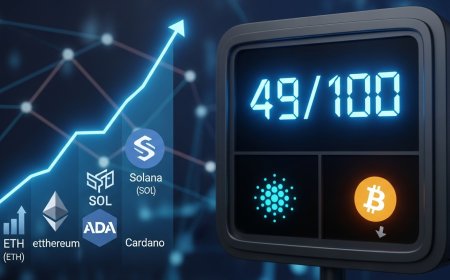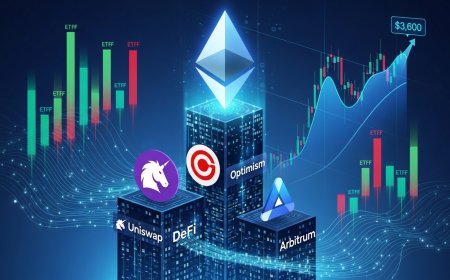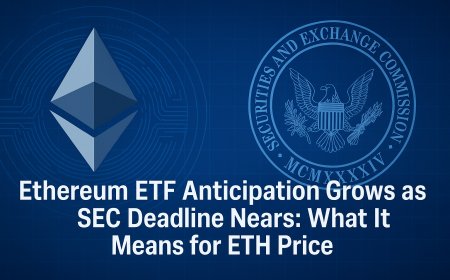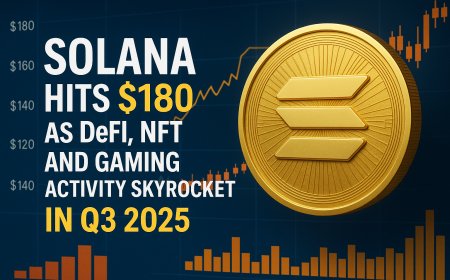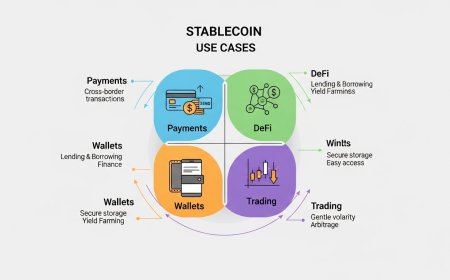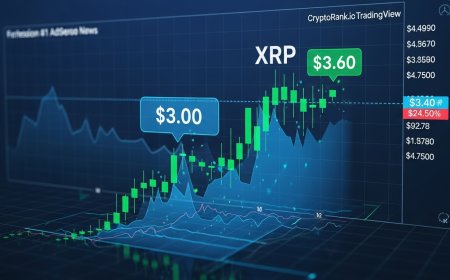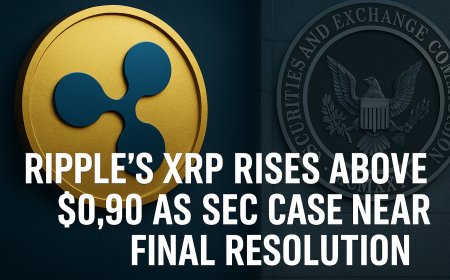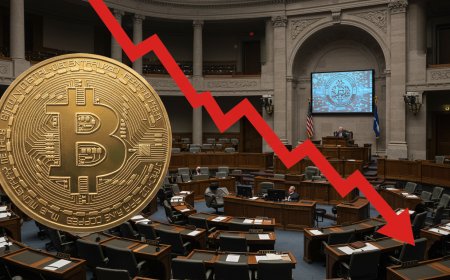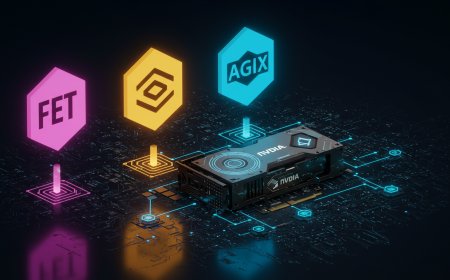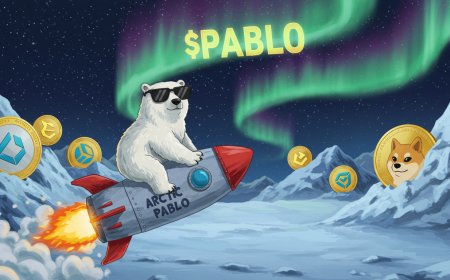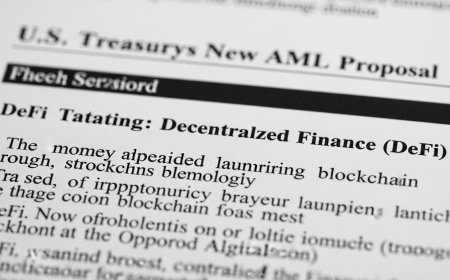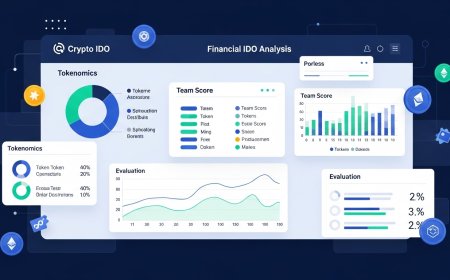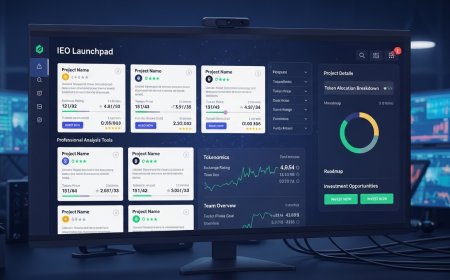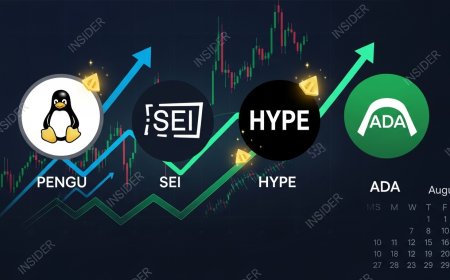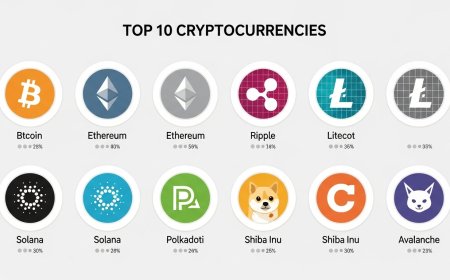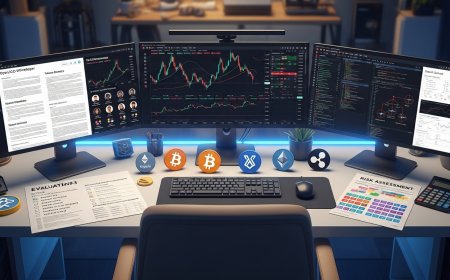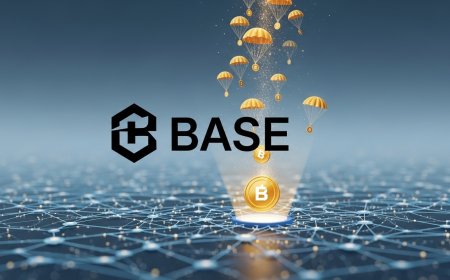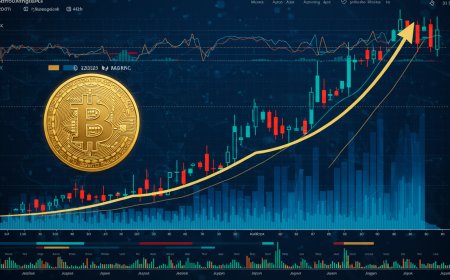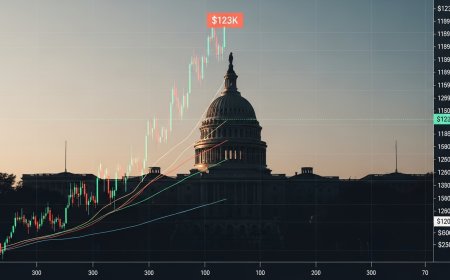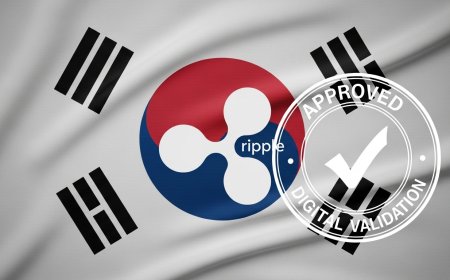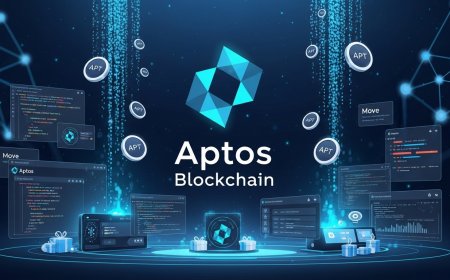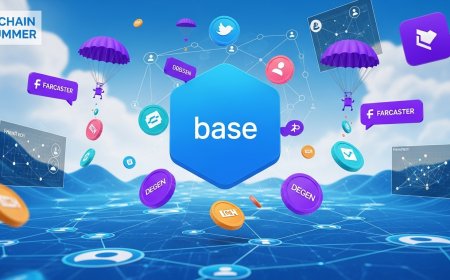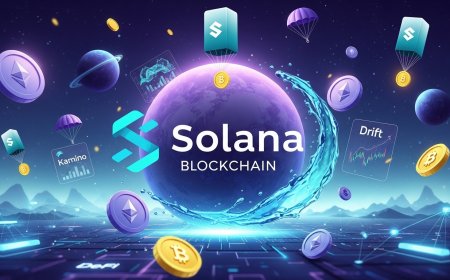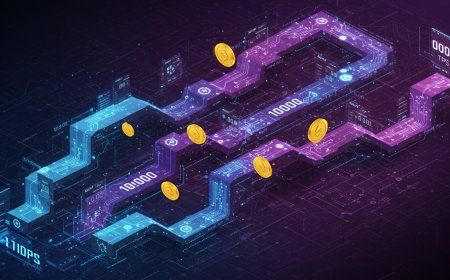Solana Airdrop Season 2025: Jupiter, Kamino, Drift & More
The Solana ecosystem is seeing an explosion of airdrop campaigns in 2025, with protocols like Jupiter, Kamino, and Drift rewarding loyal users. Airdrops across Solana are heating up. Discover which projects—Jupiter, Drift, Kamino—are dropping tokens and how to qualify.
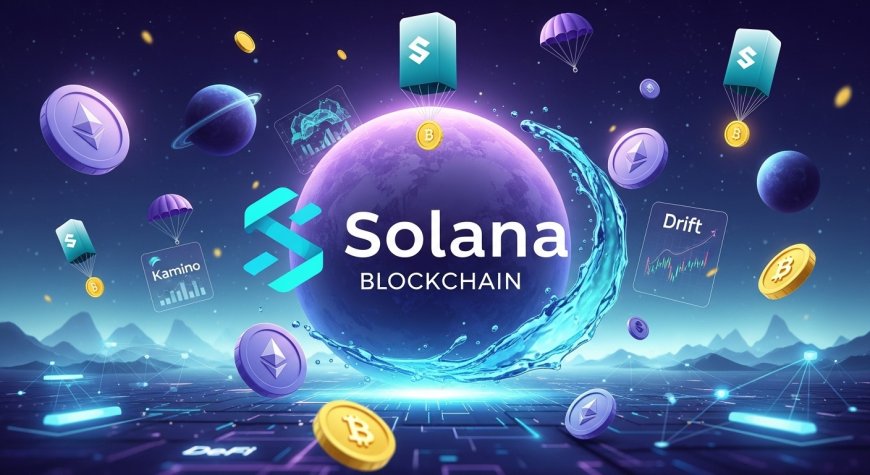
Solana Airdrop Season 2025: Jupiter, Kamino, Drift & More
The Solana ecosystem is experiencing an unprecedented wave of airdrop activity in 2025, with major decentralized finance (DeFi) protocols rewarding their most loyal users through token distributions. From established platforms like Jupiter to emerging powerhouses like Kamino and Drift, the Solana network has become a hotbed for lucrative airdrop opportunities.
This comprehensive guide explores the most anticipated Solana airdrops of 2025, providing detailed strategies for qualification, timeline expectations, and potential rewards that could reshape your crypto portfolio.
The Solana Airdrop Renaissance
The Solana blockchain has emerged as a dominant force in the DeFi space, attracting billions in total value locked (TVL) and fostering an ecosystem of innovative protocols. Unlike previous airdrop seasons that were dominated by Ethereum-based projects, Solana's low fees and high throughput have created ideal conditions for widespread token distributions.
The current airdrop season represents more than just free tokens—it's a strategic move by protocols to decentralize ownership, reward early adopters, and build sustainable communities around their platforms. For users, this presents an opportunity to earn significant value through active participation in the Solana ecosystem.
Jupiter: The DEX Aggregator Giant
Jupiter has established itself as Solana's premier decentralized exchange (DEX) aggregator, processing billions in trading volume and becoming an essential infrastructure piece for the ecosystem. The platform's potential airdrop represents one of the most anticipated events in Solana DeFi.
Jupiter's Ecosystem Position
As the largest DEX aggregator on Solana, Jupiter routes trades across multiple exchanges to ensure users receive optimal prices. The platform has integrated with virtually every major Solana DEX, creating a comprehensive trading solution that has captured significant market share.
The protocol's importance to the Solana ecosystem cannot be overstated. Daily trading volumes regularly exceed hundreds of millions of dollars, with Jupiter facilitating trades for both retail users and institutional participants.
Qualification Strategies for Jupiter
Active trading represents the primary path to Jupiter airdrop eligibility. Users who consistently utilize the platform for token swaps, especially those conducting higher-volume transactions, are likely to receive favorable treatment in any token distribution.
Volume thresholds may play a crucial role in determining airdrop allocations. Historical patterns from other protocols suggest that users with cumulative trading volumes exceeding $10,000 typically receive enhanced rewards compared to smaller traders.
Regular platform usage across extended periods demonstrates genuine engagement rather than opportunistic farming. Users who have maintained consistent trading activity over multiple months are more likely to qualify for substantial token allocations.
Kamino: Leveraged Yield Farming Innovation
Kamino has revolutionized yield farming on Solana by introducing sophisticated leverage mechanisms and automated position management. The protocol allows users to amplify their yields through borrowing strategies while maintaining user-friendly interfaces.
Kamino's Unique Value Proposition
The platform's automated leverage vaults eliminate the complexity traditionally associated with leveraged DeFi strategies. Users can deposit tokens and let Kamino's algorithms optimize their positions for maximum yield while managing risk parameters.
Kamino's integration with major Solana lending protocols creates a seamless borrowing experience. The platform automatically rebalances positions, compounds rewards, and manages liquidation risks, making leveraged farming accessible to a broader user base.
Maximizing Kamino Airdrop Potential
Participation in Kamino's leverage vaults represents the most direct path to airdrop eligibility. Users who deposit significant amounts and maintain positions over extended periods demonstrate the kind of long-term commitment protocols typically reward.
Different vault strategies may receive varying airdrop weights. Participating in multiple vault types—from conservative stablecoin strategies to more aggressive altcoin positions—could maximize potential token allocations.
Early adoption often carries premium rewards in airdrop distributions. Users who began utilizing Kamino during its initial months of operation may receive enhanced allocations compared to later participants.
Drift: Perpetual Trading Evolution
Drift Protocol has emerged as Solana's leading perpetual futures platform, offering sophisticated trading features and competitive fees. The protocol's focus on providing institutional-grade derivatives trading on Solana positions it as a critical infrastructure component.
Drift's Market Position
The perpetual futures market represents one of the largest segments in crypto trading, with daily volumes often exceeding spot trading. Drift's ability to capture significant market share on Solana demonstrates the protocol's product-market fit and growth potential.
Advanced features like cross-margin trading, portfolio margining, and sophisticated order types attract professional traders who require institutional-level functionality. This user base typically generates higher fees and provides more stable revenue streams.
Drift Airdrop Qualification Approaches
Active trading on Drift's perpetual platform represents the primary qualification mechanism. Users who consistently open positions, especially those with substantial notional values, are likely to receive favorable consideration in token distributions.
Fee contribution serves as another potential qualification metric. Traders who generate significant trading fees through high-frequency strategies or large position sizes demonstrate valuable platform engagement.
Community participation through governance proposals, forum discussions, and protocol feedback may provide additional qualification benefits. Drift has emphasized community building as a core component of its growth strategy.
Additional Solana Airdrop Opportunities
Beyond the major three protocols, numerous other Solana projects are positioning for potential airdrops in 2025. These opportunities span across different DeFi sectors and use cases.
Lending Protocol Airdrops
Solana's lending ecosystem continues expanding with protocols exploring token distributions. Platforms focusing on under-collateralized lending, real-world assets, and institutional lending services represent emerging airdrop opportunities.
Infrastructure and Tooling Airdrops
Developer tools, analytics platforms, and infrastructure services built on Solana may reward their user bases through token distributions. These protocols often have smaller but more engaged user communities, potentially leading to more generous per-user allocations.
Gaming and NFT Platform Airdrops
Solana's gaming and NFT ecosystems have attracted significant attention and investment. Gaming platforms, NFT marketplaces, and metaverse projects may utilize airdrops to bootstrap their economies and reward early participants.
Airdrop Farming Strategies and Best Practices
Successful airdrop farming requires strategic thinking and consistent execution. Understanding the patterns and preferences of different protocols can significantly improve success rates and token allocations.
Diversification Across Protocols
Spreading activity across multiple potential airdrop candidates reduces concentration risk while increasing overall success probability. Rather than focusing exclusively on one protocol, active participation in several platforms creates multiple reward opportunities.
Portfolio diversification also provides learning opportunities about different DeFi mechanisms and innovations. This knowledge can inform future investment decisions and protocol selections.
Timing and Consistency
Consistent platform usage over extended periods typically generates better airdrop results than short-term intensive farming. Protocols often analyze user behavior patterns to identify genuine users versus opportunistic farmers.
Early adoption frequently carries premium rewards, but maintaining activity throughout a protocol's growth phases demonstrates sustained commitment. Users who continue engaging even during market downturns often receive enhanced recognition.
Transaction Volume and Frequency
Both transaction volume and frequency contribute to airdrop eligibility, but the optimal balance varies by protocol. Some platforms prioritize high-volume users, while others reward consistent smaller transactions that demonstrate regular engagement.
Understanding each protocol's business model can inform optimal strategies. Fee-based protocols may weigh transaction volume heavily, while those focused on TVL might prioritize deposit sizes and duration.
Risk Management in Airdrop Farming
While airdrop farming can generate significant returns, it involves various risks that must be carefully managed to ensure positive outcomes.
Smart Contract Risks
Every interaction with DeFi protocols involves smart contract risk. Even audited protocols can contain vulnerabilities that malicious actors might exploit. Diversifying across multiple protocols and avoiding concentration in any single platform reduces exposure.
Opportunity Cost Considerations
Airdrop farming requires time, transaction fees, and often capital lockup. These costs must be weighed against potential rewards and alternative investment opportunities. Not every airdrop justifies the required investment.
Market Risk Management
DeFi protocol tokens often exhibit high volatility and correlation with broader crypto markets. Even successful airdrop campaigns may result in losses if token prices decline significantly after distribution.
Technical Requirements and Setup
Effective airdrop farming on Solana requires proper technical setup and understanding of the ecosystem's tools and interfaces.
Wallet Configuration
Solana wallets like Phantom, Solflare, or hardware wallets provide the foundation for airdrop farming activities. Proper security practices, including seed phrase protection and regular software updates, are essential.
Multiple wallet strategies can provide operational flexibility while maintaining security. Some users maintain separate wallets for different protocols or risk levels.
Transaction Optimization
Solana's low fees make frequent transactions economically viable, but optimizing transaction timing and batching can still provide meaningful savings over time. Understanding peak usage periods and planning accordingly improves cost efficiency.
Regulatory and Tax Considerations
Airdrop recipients face potential tax obligations and regulatory compliance requirements that vary by jurisdiction.
Tax Implications
Most tax jurisdictions treat airdropped tokens as taxable income based on fair market value at the time of receipt. Recipients should maintain detailed records of all airdrop events, including token quantities, market prices, and distribution dates.
Professional tax advice becomes increasingly important as airdrop values grow larger. Complex DeFi interactions may create additional reporting requirements that require specialized expertise.
Compliance Monitoring
Regulatory environments for DeFi and airdrops continue evolving. Staying informed about relevant regulatory developments helps ensure ongoing compliance and avoid potential issues.
Future Outlook for Solana Airdrops
The Solana ecosystem's continued growth and innovation suggest that airdrop opportunities will remain abundant throughout 2025 and beyond.
Ecosystem Maturation
As Solana protocols mature, their airdrop strategies are becoming more sophisticated. Rather than simple user count distributions, projects are implementing complex qualification criteria that reward genuine value creation and long-term commitment.
Institutional Adoption
Growing institutional adoption of Solana DeFi protocols may influence airdrop strategies. Projects may begin targeting institutional users differently or create separate distribution tracks for different user segments.
Cross-Chain Integration
Solana's increasing integration with other blockchain ecosystems may create new airdrop opportunities. Cross-chain protocols and bridges could reward users who help bootstrap liquidity across multiple networks.
Conclusion
The Solana airdrop season of 2025 represents a unique opportunity for active DeFi participants to earn significant rewards while contributing to ecosystem growth. Jupiter, Kamino, and Drift lead a growing list of protocols that may distribute tokens to their communities.
Success in airdrop farming requires strategic thinking, consistent execution, and careful risk management. By understanding each protocol's unique value proposition and qualification criteria, users can position themselves for maximum potential rewards.
The key to sustainable airdrop farming lies in genuine protocol engagement rather than purely extractive farming strategies. Users who contribute to protocol growth through meaningful participation are most likely to receive substantial token allocations.
As the Solana ecosystem continues expanding, new airdrop opportunities will emerge regularly. Staying informed about protocol developments, maintaining active participation across multiple platforms, and managing risks appropriately will position users for continued success in this dynamic environment.
The combination of Solana's technical advantages, growing developer ecosystem, and user-friendly interfaces creates ideal conditions for continued airdrop activity. For those willing to invest the time and effort required for effective farming strategies, the potential rewards could be substantial.
Disclaimer: This article is for informational purposes only and does not constitute financial advice. Cryptocurrency investments involve significant risks, and past performance does not guarantee future results. Always conduct your own research and consider consulting with financial professionals before making investment decisions.
What's Your Reaction?
 Like
0
Like
0
 Dislike
0
Dislike
0
 Love
0
Love
0
 Funny
0
Funny
0
 Angry
0
Angry
0
 Sad
0
Sad
0
 Wow
0
Wow
0







